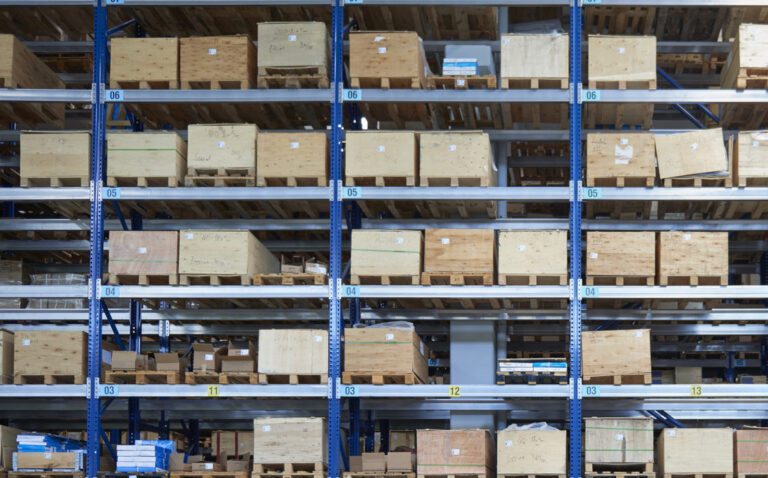Property advisor Colliers is forecasting an equivalent rental growth of 4 per cent distribution warehouses for 2019, based on its latest research figures.
It also predicts an equivalent rental growth of 6.9 per cent for UK standard industrial with London Standard industrial at a whopping 7.6 per cent increase.
Demand for Industrial & Logistics space in the third quarter of 2019 remained strong with take up reaching 21.9 million sq ft for the year so far and on track to exceed the 10 year annual average by the end of the year.
Colliers’ research showed that take up activity for the third quarter of 2019 was just shy of 9 million sq ft, for units over 100,000 sq ft – this is up 26 per cent on the same quarter last year, boosted by Jaguar Land Rover who, advised by Colliers, agreed a 2.94 million sq ft pre-let in September.
Of space taken so far this year, design and build accounted for the majority of take up, with 55 per cent of overall activity. Meanwhile, lettings for speculatively-developed units accounted for circa 18 per cent and the remainder 27 per cent share resulted from second hand space.
“The sector remains well balanced in terms of supply and demand, with developers seemingly unfazed by the current economic jitters. As a result, we expect newly developed distribution warehouse space in 2019 to have reached 10.7 million sq ft by the end of the year,” said Andrea Ferranti, Head of Industrial & Logistics Research for Colliers International. “Consequently, availability, which includes distribution warehouses scheduled for completion in Q4, increased to circa 36 million sq ft, the highest Q3 recording since 2014. Though, it is worth nothing that based on the five year average take up of circa 30 million sq ft, this indicates that there is just above one year’s worth of supply available in the UK.”
Len Rosso, head of industrial and logistics at Colliers International, concludes: “Although the industrial and logistics sector has remained seemingly sheltered by economic headwinds as occupiers have continued, albeit at a slower pace, to seek better and more operationally-efficient distribution warehouses to drive up profitability, those occupiers who can afford to postpone their property-related investment decisions are either extending their leases or resorting to third party logistics providers to de-risk and increase flexibility.
“Looking ahead, it’s difficult to predict any specific pattern in take up as economic uncertainty makes business planning for the year ahead more challenging. Though one thing is clear, the underlying market drivers and long-term prospects of the sector remain positive.”







